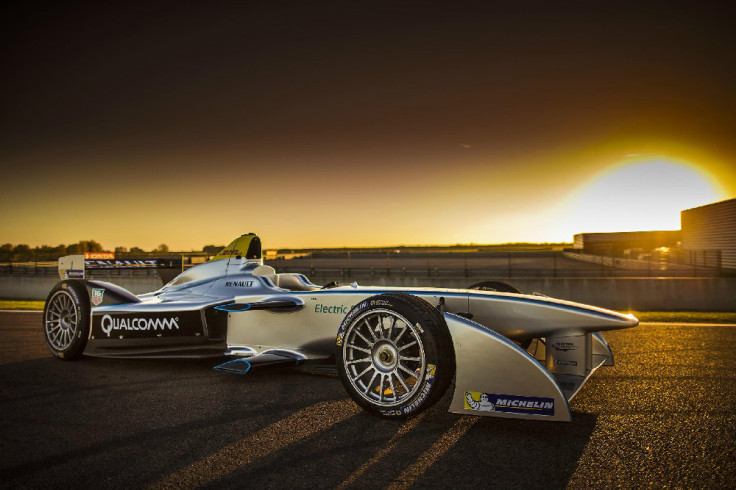RoboRace: Formula E to include autonomous, driverless racing championship in 2016-17 season

From 2016, the Formula E race series will include a championship for autonomous, driverless cars. Called RoboRace, the new championship has been designed to provide a competitive platform for the various self-driving technologies currently being developed by road car manufacturers.
The Formula E autonomous championship will feature ten teams, each fielding two cars in a one hour race. All teams will be provided with the same cars, but will be open to develop their own computing algorithms and artificial intelligence (AI) technology. The cars will race at over 300km/h (186mph).
Motorsport has always acted as a test bed for road car technologies. Disc brakes, aerodynamics and traction control systems were all developed on the race track before making their way to your local dealership. With Google, Tesla, Apple and just about every other car maker currently investing significant resources into autonomy, a self-driving race series to accelerate this development makes sense. But will fans pay to watch a race with no drivers to support?
Answering that, Mark Preston, team principal of the Team Aguri Formula E team, told IBTimes UK: "Motorsport is a great testing ground and I see Formula E as a prototyping competition for autonomous vehicles and other technologies.
"It is a great place to experiment and showcase new ideas and bring them to the attention of the world in a controlled environment where people can gain confidence that they are safe. I am sure that the fans will be intrigued by this entirely new form of motorsport, which should provide an exciting spectacle."
Denis Sverdlov, Founder of Kinetik and RoboRace, said: "We passionately believe that, in the future, all of the world's vehicles will be assisted by AI and powered by electricity, thus improving the environment and road safety.
"RoboRace is a celebration of revolutionary technology and innovation that humanity has achieved in that area so far. It's a global platform to show that robotic technologies and AI can co-exist with us in real life. Thus, anyone who is at the edge of this transformation now has a platform to show the advantages of their driverless solutions and this shall push the development of the technology."
Crowd-funded
One of the ten teams will be taken by a crowd-sourced and community-funded team. Applications for this will be accepted from software developers and technology experts from around the world before a team of the best applicants is selected.
Dates and locations for the 2016/17 Formula E championship are yet to be confirmed, but if it follows a similar schedule as the previous year, it will begin in Beijing in October 2016, before heading to purpose-built street circuits in Berlin, Paris, Moscow and London, where the season finale takes place.
Formula E chief executive Alejandro Agag said the new self-driving championship will be "an open challenge to the most innovative scientific and technology-focused companies in the world. It is very exciting to create a platform for them to showcase what they are capable of... there is great potential for us to unearth the next big idea [in autonomous driving]."
© Copyright IBTimes 2025. All rights reserved.






















